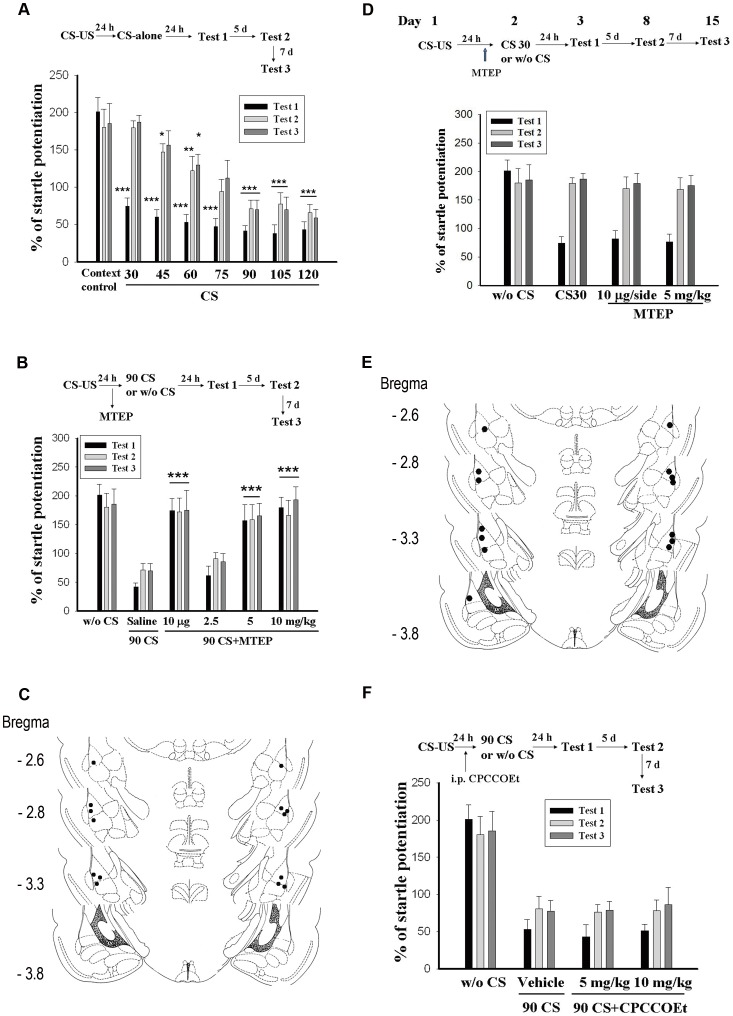Figure 1. Recovery of fear after extinction training depends on the number of CS-alone trials.
(A) Plot of percent startle potentiation in context control and extinction rats. Rats received 10 light-shock pairings and were randomly assigned to 2 to 8 sessions of extinction training groups. Rats in 2 or 8 sessions of extinction groups received 2 or 8 sessions of 15 presentations of light-alone trials without footshock and memory retention was assessed 24 h later (Test 1). Context control rats were returned to the startle box at the equivalent time without receiving light-alone trials. All groups were also tested on day 8 (Test 2) and Day 15 (Test 3). ***p<0.001, **p<0.01, *p<0.05 vs. context controls. (B) Inhibition of spontaneous recovery by prolonged extinction training is blocked by mGluR5 antagonist. MTEP was administered intraperitoneally (2.5, 5 or 10 mg/kg) 60 min before light-alone trials or was infused into the amygdala (10 µg/per side) abilaterally 30 min before CS-alone trials. ***p<0.001, *p<0.05 vs. saline. (C) Distribution of cannula tips in the amygdala from rats infused with MTEP (10 µg/per side) in experiments B. (D) MTEP was without effect on the 30 CS-alone trials-induced extinction memory. (E) Distribution of cannula tips in the amygdala from rats infused with MTEP (10 µg/per side) in experiments D. (F) CPCCOEt (5 or 10 mg/kg) injected intraperitoneally 60 min before light-alone trials failed to affect 90 CS-induced extinction of fear memory.

